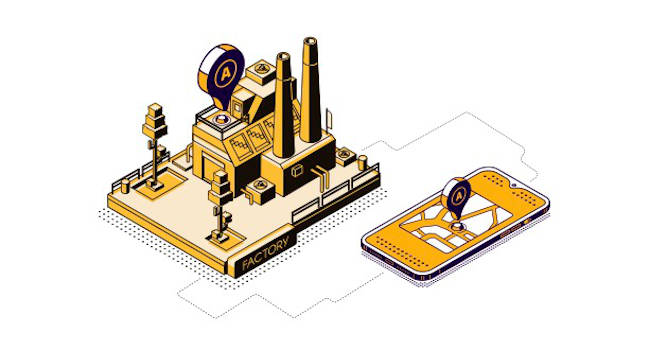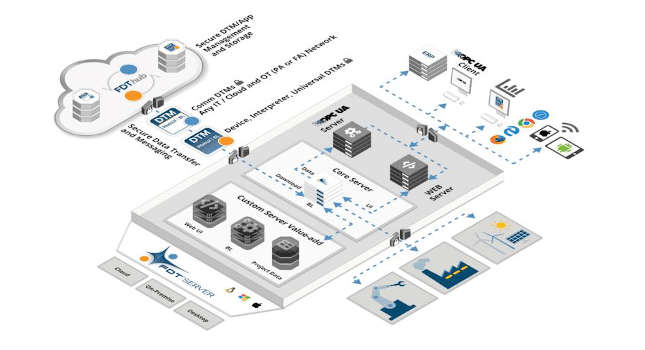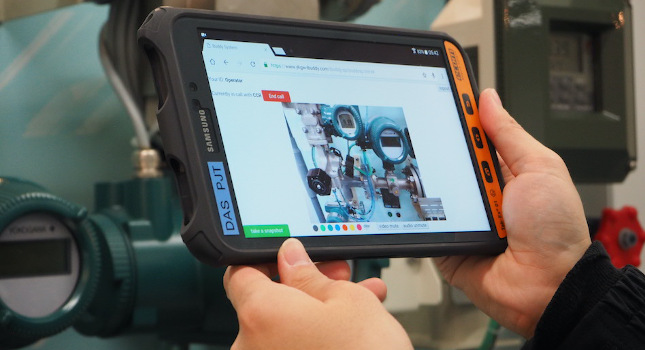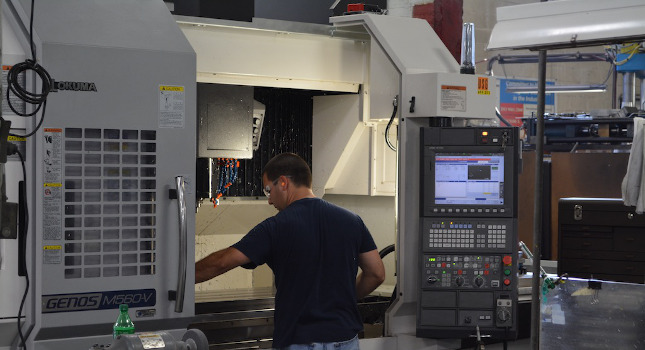They talked of a manufacturing world without boundaries or trade restrictions, where innovation, skill and initiative would solve both the economic crisis and the global energy crisis. Cynics might contend that could happen about the same time penguins fly. Well, they've solved that problem, too. The opening of the 62nd Hannover Messe in Germany in April came with a firm acknowledgement of the ...
They talked of a manufacturing world without boundaries or trade restrictions, where innovation, skill and initiative would solve both the economic crisis and the global energy crisis.
Cynics might contend that could happen about the same time penguins fly. Well, they’ve solved that problem, too.
The opening of the 62nd Hannover Messe in Germany in April came with a firm acknowledgement of the crises that face global manufacturing. With energy a prime theme of this world-wide conference, speakers at the opening night gala and suppliers who provided the international press with a sneak preview of their booths both spoke of the need to use technology to address the global crisis in energy.
“Our industry is ideally equipped to return to the long-term growth track. The current and future challenges demand effective answers,” said Dr. Manfred Wittenstein, president of the German Engineering Federation (VDMA). “You are all aware of our technological skills. We can offer effective solutions to the following issues: the conservation of natural resources; energy efficiency and CO 2 avoidance; alternative energy — in particular solar and wind power; electro-mobility and hybrid propulsion systems for vehicles and machinery.”
Nowhere was this more evident than at Festo’s booth on the fairgrounds. Last year, Festo’s robotics created a self-propelled jellyfish. This year, they showed off a lighter-than-air bionic silver penguin, free floating through the booth space. It was a spectacular demonstration of what Festo officials said was a fairly fundamental problem for its customers.
“We are using bionics to sound out new technologies and to offer our customers more efficient solutions in automation,” said Festo chairman Dr. Eberhard Veit. “We must travel down new, entirely different paths in order to provide our customers added value.”
Energy was also a major driver in the presentations from Phoenix Contact and Siemens during the press preview. Siemens’ presentation on energy management at Hannover Messe focused on three key areas:
-
Identifying how energy flows through a system
-
Evaluating the savings potential
-
Realizing energy efficiencies.
-
A Siemens official noted that “energy efficiency is not only something to address where energy is consumed, but also about what are the appropriate measures toward productivity.”
Part of the Phoenix Contact presentation was focused on using energy efficiency in consort with production management systems to create a flexible manufacturing process that could meet a customer’s individual needs while bringing the plant and enterprise closer together. “The underlying automation is what makes it efficient,” said one Phoenix Contact official.
The fair is also putting its euros where its mouth is on energy. The co-located World Energy Dialogue brings together energy leaders from around the world to discuss how to secure and develop future energy supplies.
The dialogue is also a venue where the German Energy Agency in cooperation with Deutsche Messe awards the Energy Efficiency Award to “commercial and industrial enterprises that have made an outstanding contribution to promoting energy efficiency and cost effectiveness by means of exemplary innovation.” Potential for climate protection benefits will also be considered by a jury consisting of experts from commercial industries, trade press and R&D and government institutions.
If there was initial concern about whether the economic crisis would impact attendance, it was overcome by uncommonly great weather in Hannover and a general sense that the quality of attendees outshone any drop in quantity.
“We’re pleasantly surprised,” said Olaf Marshall at Bosch Rexroth. “We had more leads on Monday than we did at the same time a year ago.”
Bosch Rexroth made two major splashes at this year’s fair: They were a finalist for the Hermes Award, presented for international innovation at the show’s opening, and they had a visit from German Chancellor Angela Merkel and South Korean prime minister Han Seung-soo.
The two heads of state also visited ABB’s stand, where they reviewed technologies that maximize the output from renewable-energy plants and integrate their production into the grid.
Festo’s robotic penguin, one of the visual highlights of the 2009 Hannover Fair, floats over the heads of journalists during the fair’s opening event in April.
Siemens exec: Energy issues can drive recovery
During Hannover Fair, Control Engineering editorial director David Greenfield had an exclusive interview with Klaus Helmrich, CEO, Drives Technologies Division, Siemens. The interview focused on energy efficiency (a major topic at Siemens’ Hannover booth), the global economic downturn and capital expenditure value assessment.
David Greenfield : One analyst firm has recently suggested that the global recession has, in effect, killed the energy efficiency push that gained so much attention in the past year. What is Siemens opinion of this assertion?
Klaus Helmrich : Manufacturers must always look at cost structures, regardless of whether energy efficiency is a hot topic. When manufacturers see opportunities for improvement, they should act on those. In Europe and Asia, there is heavy focus on energy and water/wastewater as it relates to manufacturing plants. Each of these cost significant amounts of money, so any savings you can gain in these areas are worth pursuing.
As CEO of Siemens Drive Technologies, I am responsible for investments associated with 14 factories and I focus on energy efficiency. It’s one of the major goals related to target incentive settings for all of Siemens factories.
DG : In light of the economic situation that has hit manufacturing particularly hard in the past six months, has Siemens altered its strategy in any way to confront it, in terms of product focus or industries served.?
KH : We remain focused on the strategy set forth last year related to the realignment of the former Automation & Drives business unit into two divisions: Industry Automation and Drive Technologies. With IA focused on the digital factory and DT focused on drives — from the mechanical parts to the control system — and using the Totally Integrated Automation framework to connect the two, we believe this is still the best way to address what our customers need, even during this downturn. This separate, but connected approach allows us to focus on helping customers increase productivity in terms of total lifecycle costs of their operations-from both an engineering and maintenance perspective.
DG : Considering what has happened to global manufacturing economically in the past year, what are your customers asking for now?
KH : Among our installed base of customers, we continue to get requests to help them increase energy efficiencies and productivity. When it comes to electric drives, our customers are very clearly focused on having us deliver high levels of reliability and quality.
Our machine tool manufacturer customers, in particular, are looking for more innovation from us to help them develop more effective tools for their markets. In response, we are working directly with our top machine tool customers in detail about how we can innovate in ways that will directly help their customers.
DG : Surveys are beginning to show that capital expenditures are starting to increase among some industrial businesses. Are you seeing this?
KH : Siemens looks at three things when considering capital expenditures: whether or not to increase capacity, if new technologies warrant the replacing of older machines and increasing productivity. Past increases in capital expenditures have been driven by increasing capacity. We currently have enough capacity right now, but we are analyzing the purchase of new equipment and will do so if the ROI is on target.
DG : When it comes to the use of automation, what’s the takeaway lesson from the current economic situation for engineers?
KH : Your automation supplier has to be reliable in terms of innovation, power and ability. You need that innovative ability to help you be innovative.



